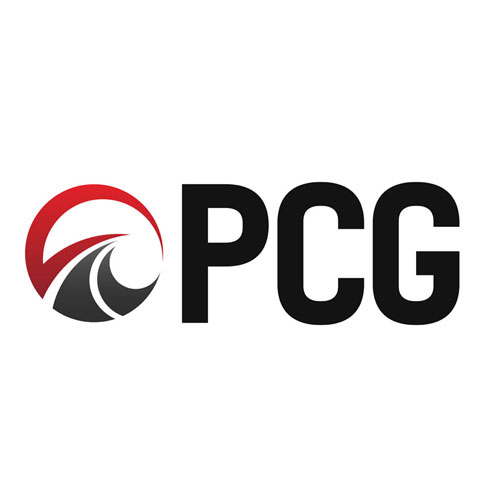Search Engine Optimization by definition is the process of getting traffic from organic (aka free) listings on search engines such as Google, Bing, and Yahoo. Simply put, a site is more likely to rank in search results if it contains the search query or keyword entered in its content and metadata.
SEO has changed over the years and is constantly changing. In the past, SEO was practiced by placing keywords everywhere, similar to a zombie invasion. Today in SEO, we practice a more strategic way of inserting keywords since search engines have become more human-friendly rather than robotic text.
Although SEO is forever changing, the major function of crawling and indexing to provide answers does not. The idea of on-site optimization is choosing keywords you want to rank for and putting those keywords strategically within the website.
As many of you know, search engines only read text, which makes the elements of SEO that much more important. Some important – but commonly overlooked – aspects of SEO we will be discussing are metadata, alt text, and H1 tags.
Metadata
Metadata consists of title tag, meta description and meta keywords which search engines crawl and rank in results based on relevancy of the keyword or phrase in the search query. Your keywords should be three to five trigger phrases that you want the site to rank for.
Title tags appear on the site and in the backend. The length of these should range from 65-75 characters. Take our site, pcgdigitalmarketing.com, for example. On our services page, the title spells out what the page is about in just a few characters:

The meta description is a short summary (around 160 characters) of what the page is about. Here is what the meta description looks like to us.

Here is how search engines crawl it:
![]()
It is important to put your keywords in the beginning of the description since it can be cut off after a certain amount of characters. The keyword we are targeting for the home page is “digital marketing agency,” which you can see is in the beginning of the meta description.
Alt Text
The next basic element of SEO is alt text. As you read earlier, search engines read text only. Therefore, putting alt text on images is crucial to let search engines know there is a picture there. To our eye we see a sharp photo, but with no alt text, search engines won’t even know it exists!

![]()
H1 Tags
H1 tags help improve rankings if your content is lacking relevance. These tags (or headings) should contain the keyword phrase you are targeting as well as be an overview about what that section is about. Search engines use the H1 as a secondary identifier when ranking based on relevancy.
Below is an example of how we view a H1 tag compared to search engines see it:

![]()
Are you performing these basic strategies to help your website rank one Page One? Still concerned about your rankings and traffic? Call PCG Digital Marketing today and let us help with your SEO strategy to ensure your site is on the fast track to the top!
